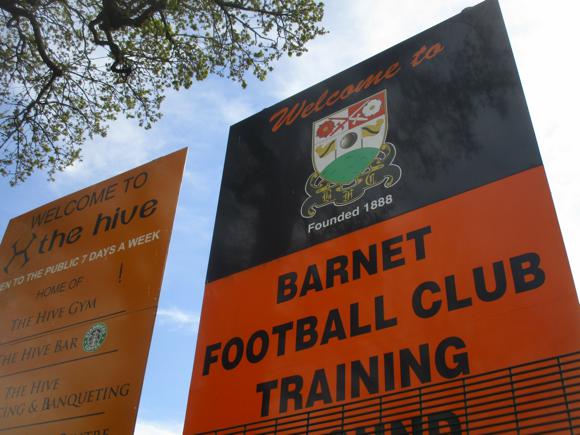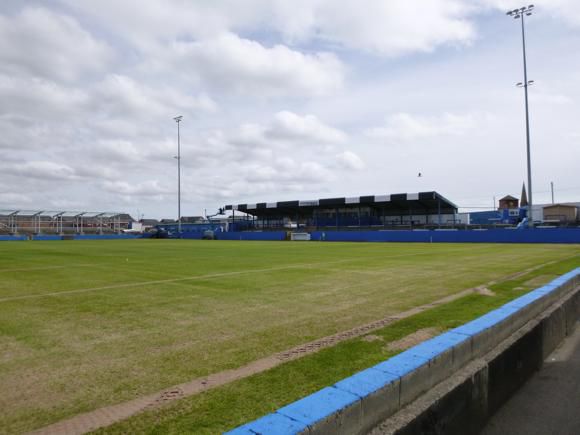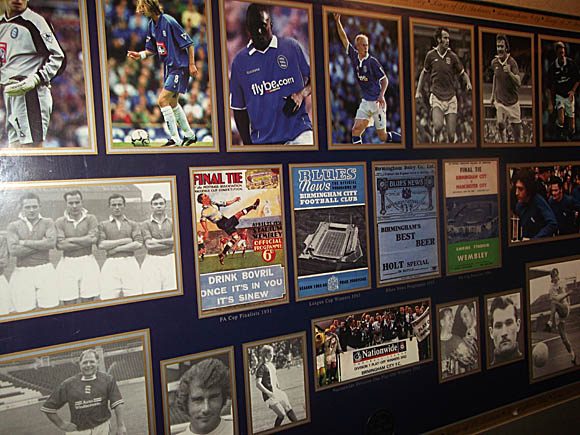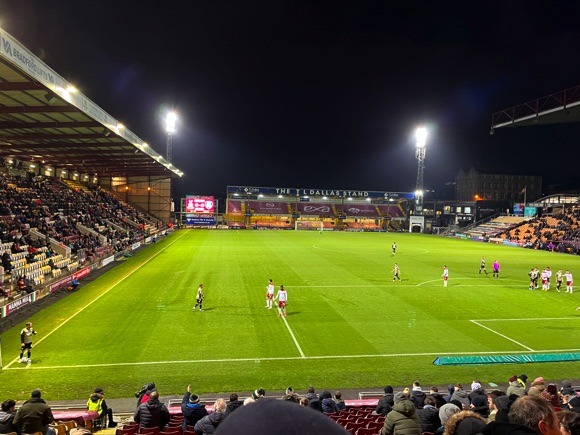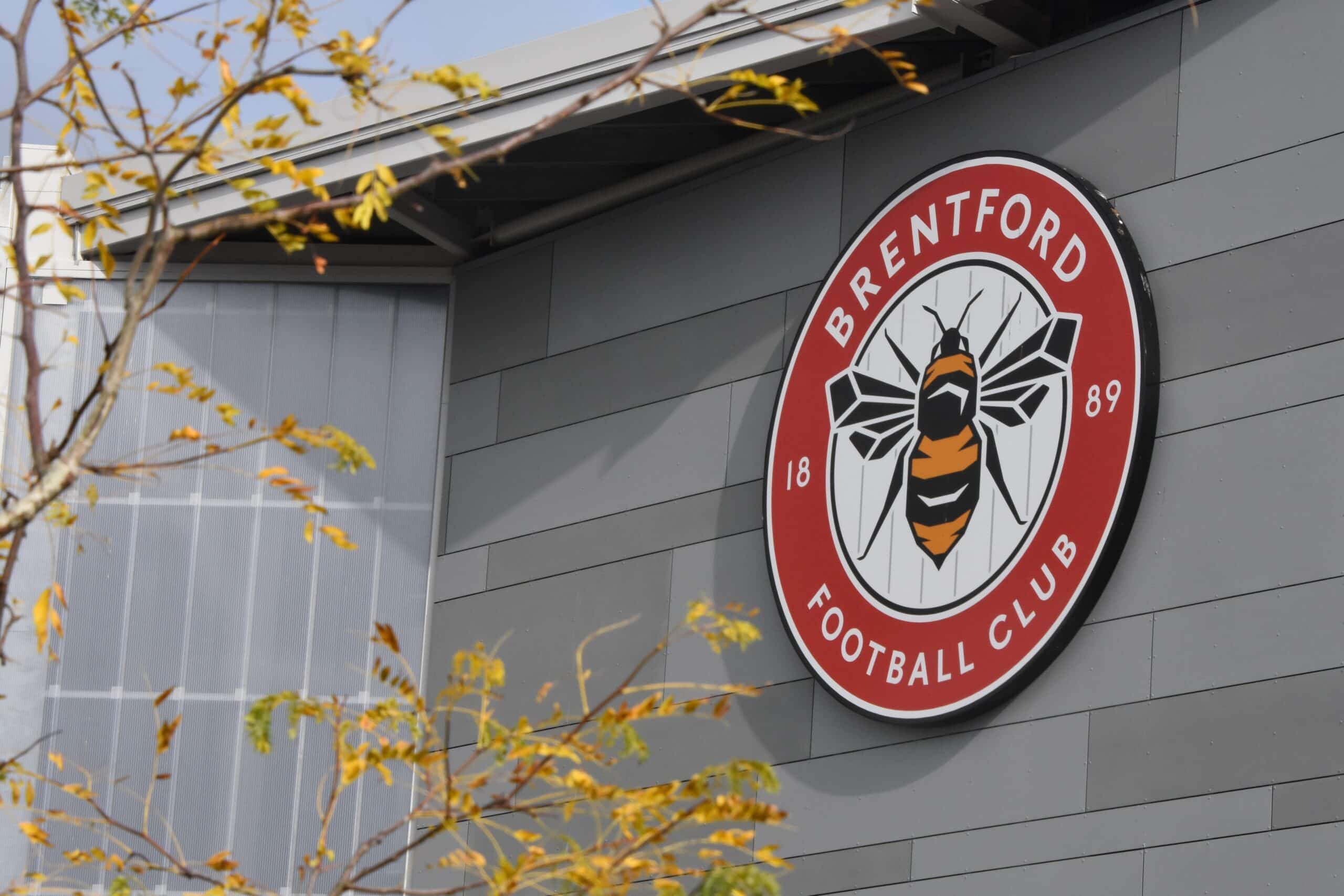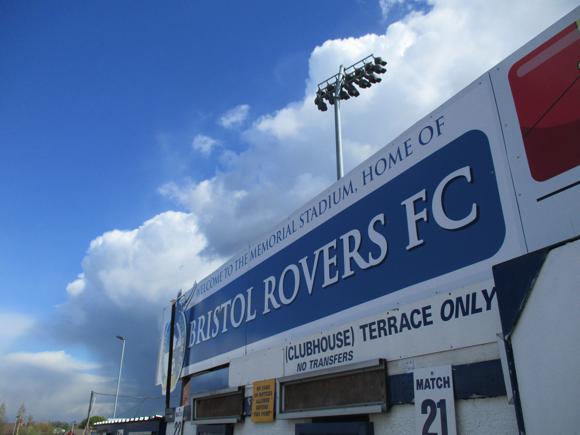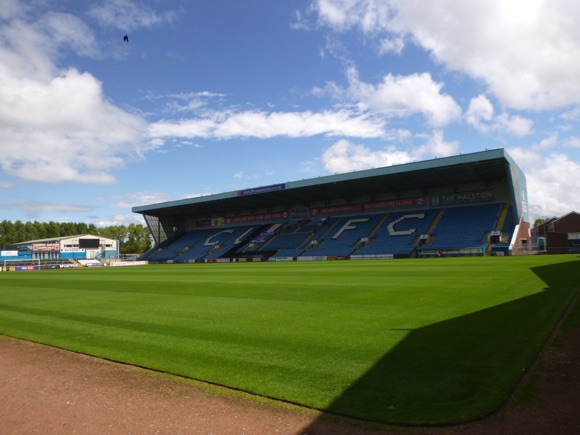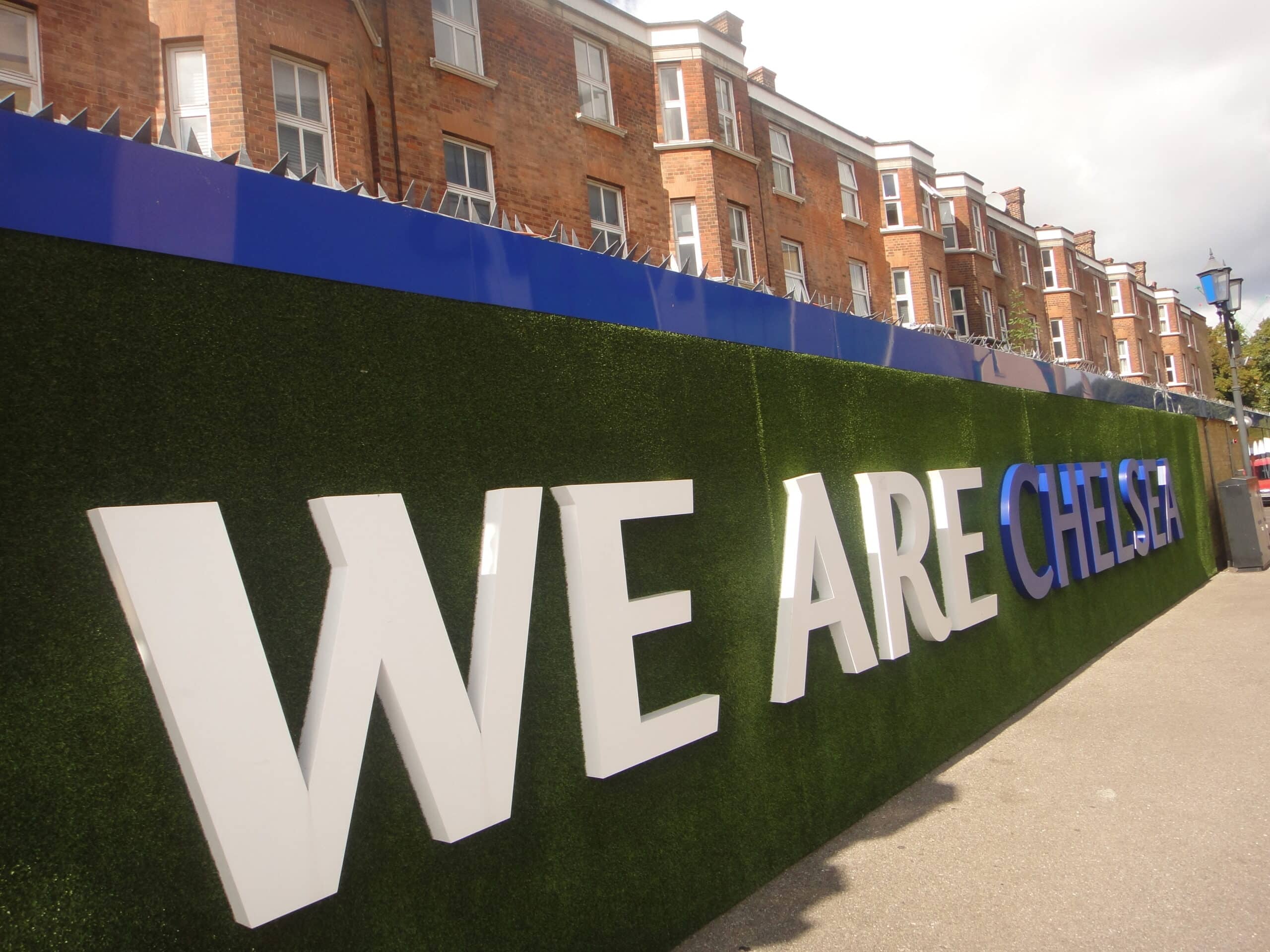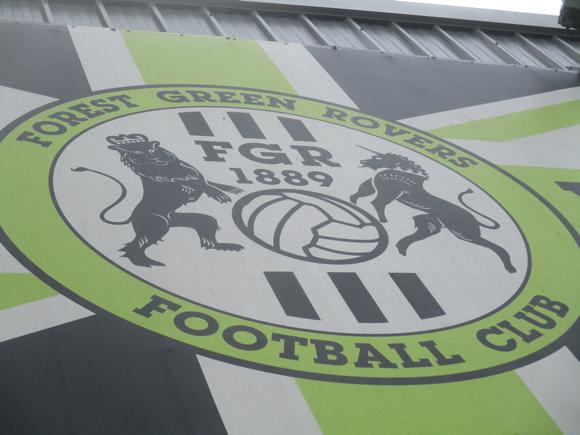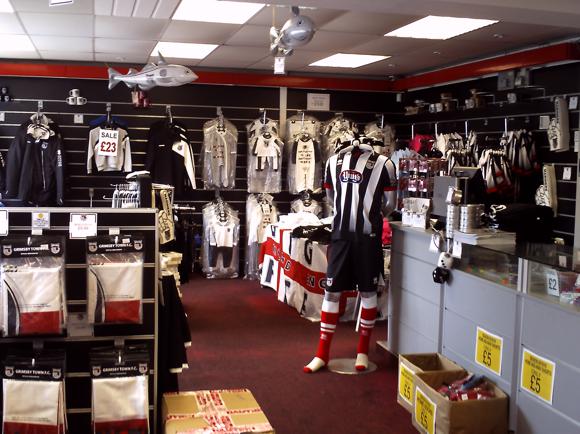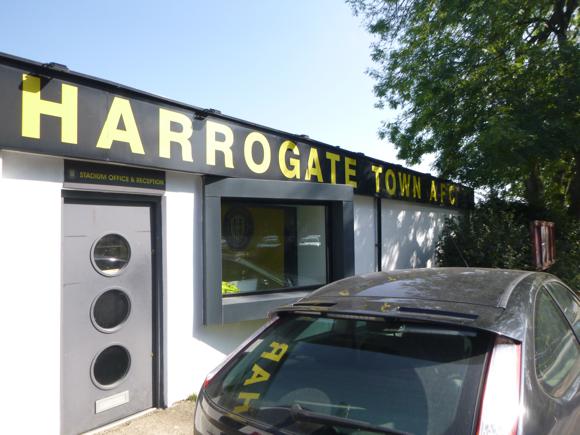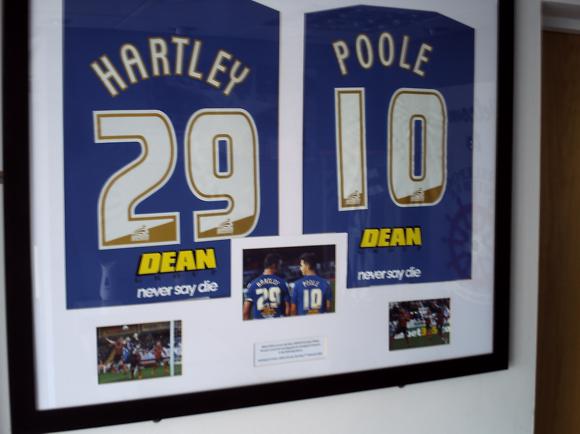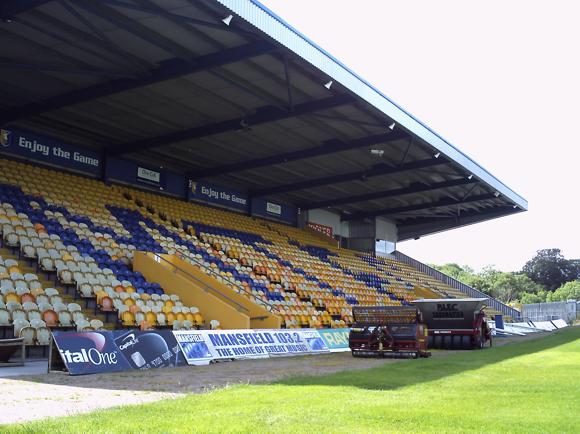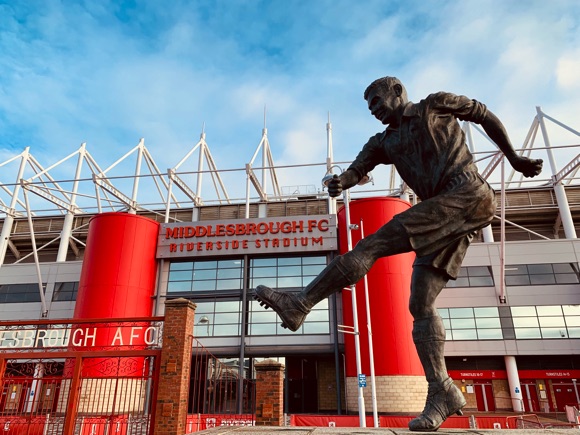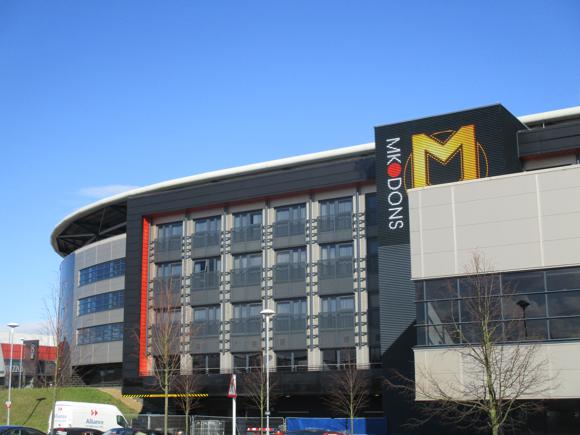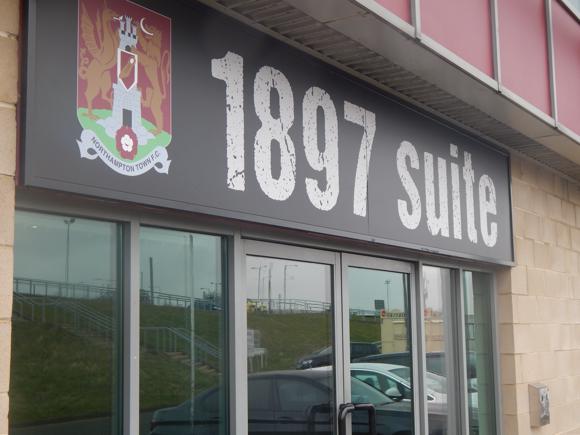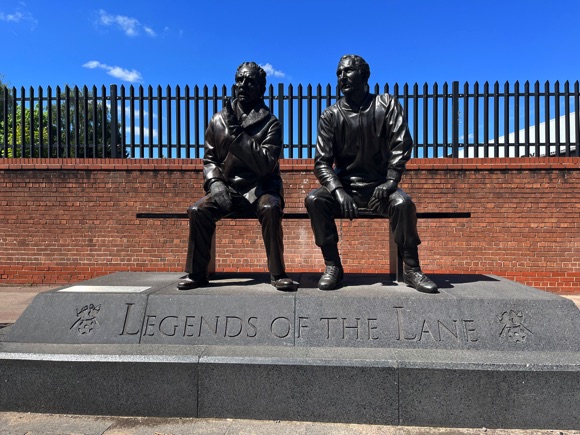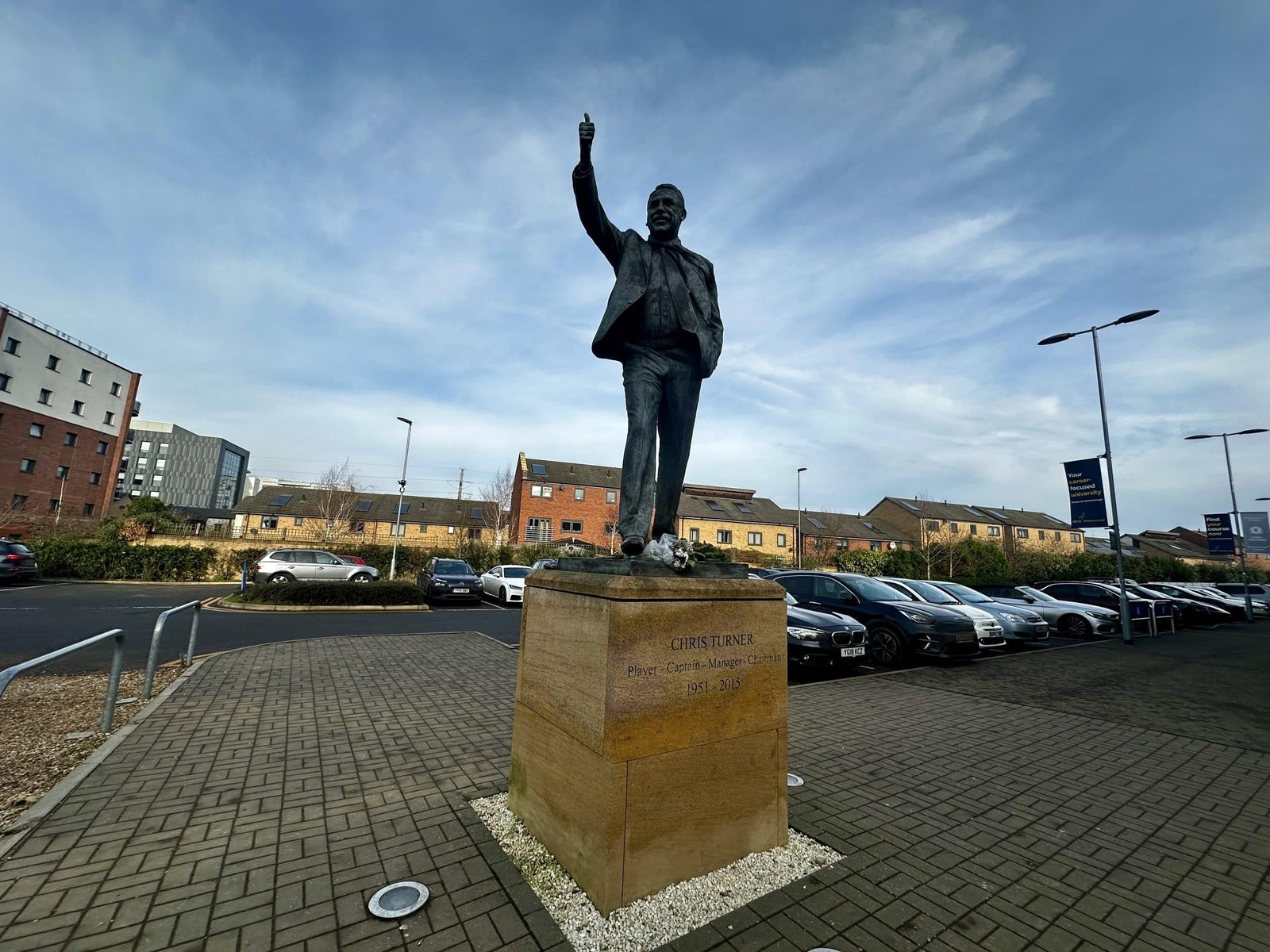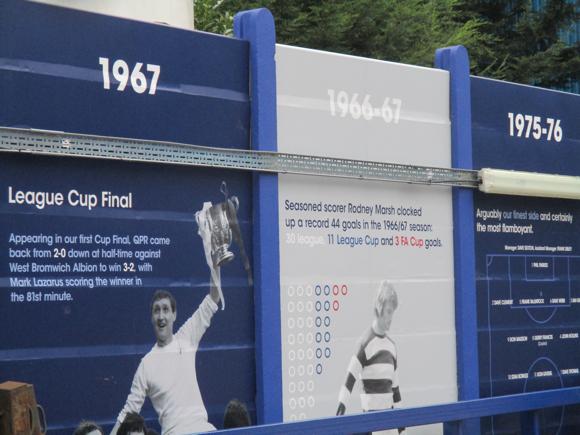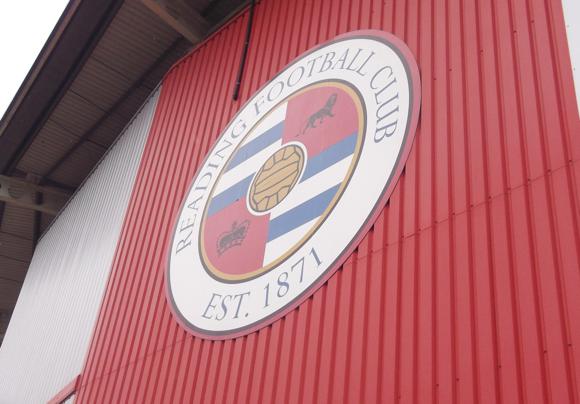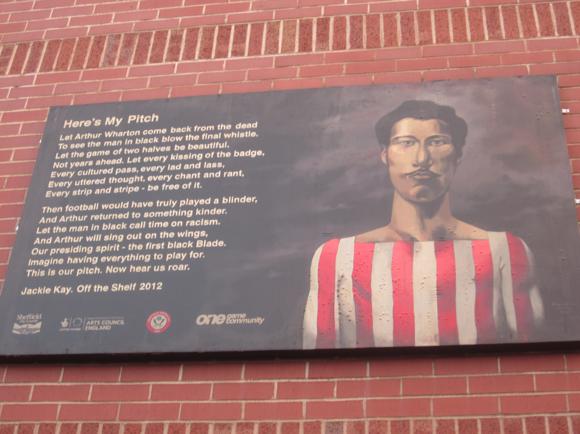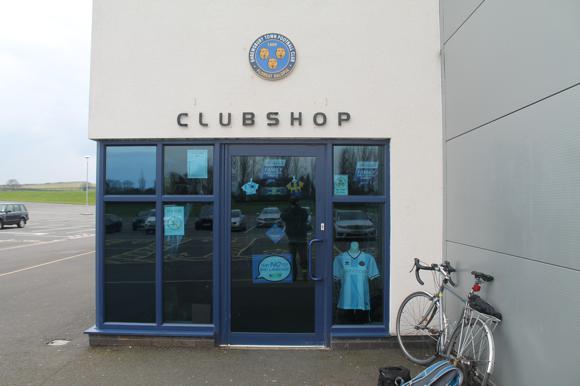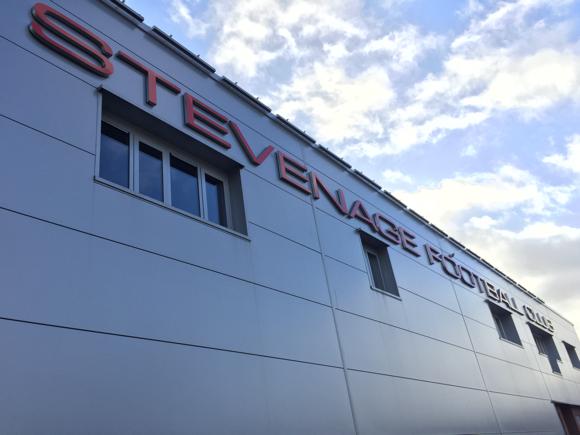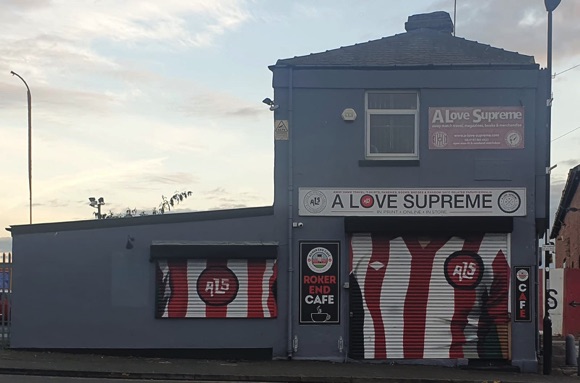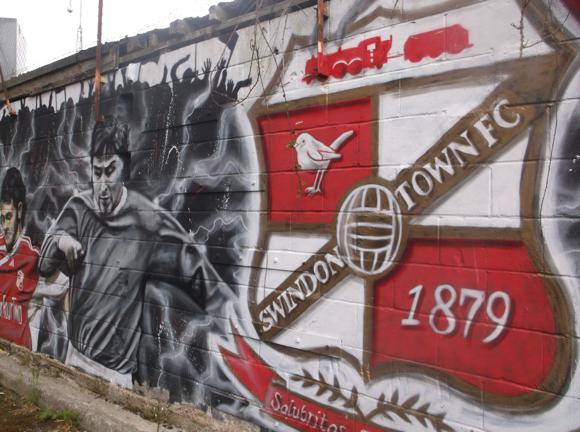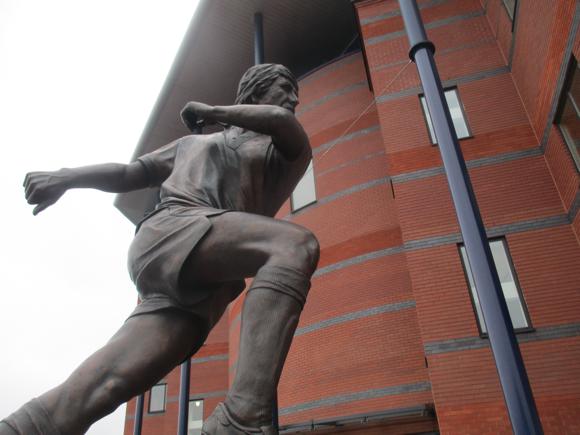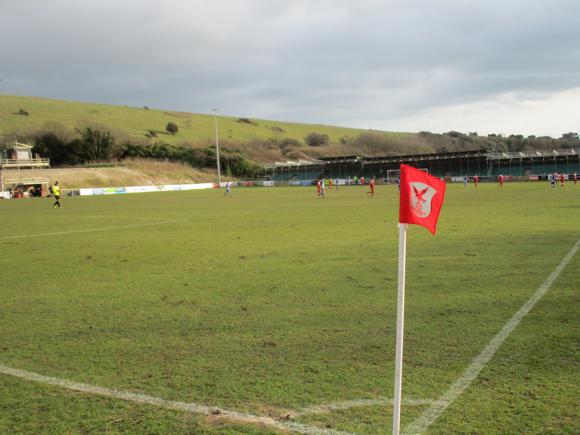A fan’s guide – the club from early doors to today
Nothing can take the incredible fairy tale of 2016 away from Leicester City, when a side under unfailingly sympathetic manager Claudio Ranieri won the Premier League against all the odds. But a tragic helicopter crash, relegation and likely punishment for falling foul of financial guidelines have brought a new kind of reality to the King Power Stadium.
Ranieri has long gone, of course, despite a creditable debut campaign in the Champions League, Leicester topping their group but fading in the league following the sale of vital midfielder N’Golo Kanté.
Stability then returned under Brendan Rodgers, Leicester winning the FA Cup in 2021 with key members of their title-winning team – but nothing can ever match the miracle of what was achieved with that unbeaten run under Ranieri from February to May in 2016.




Only one defeat in the first 15 games had enabled Ranieri’s Leicester to top the Premier League table. Expected to falter in the new year, the Foxes notched impressive and deserved wins at Spurs and Manchester City to set up a triumphant spring. The title was all but sealed with another spirited team performance to snatch a draw against Manchester United at Old Trafford.
Two days later, the players then gathered at top scorer Jamie Vardy’s house to watch Chelsea come back from 2-0 down and hold Spurs to a 2-2 draw and send the title to Leicester.
Before Ranieri arrived, the club had been in disarray, manager Nigel Pearson given the sack despite Leicester’s relegation-saving winning run weeks earlier. His son James, also on Leicester’s books, had been involved in a controversial incident while on a club tour of Thailand.
Ranieri was the latest in a long line of talented managers at the club. Three times League Cup winners, Leicester thrived under Matt Gillies and Martin O’Neill, whose tactical nous pushed the Foxes into the upper reaches of the top flight.
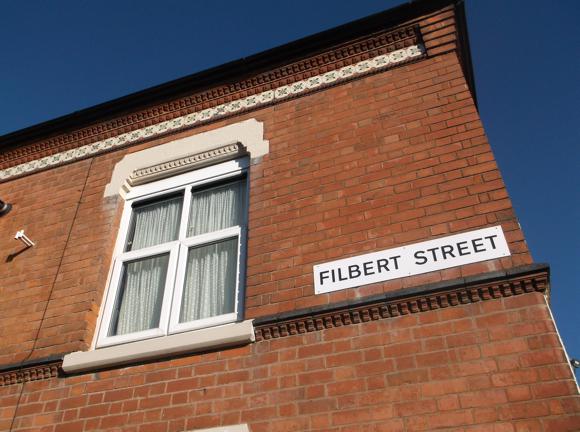
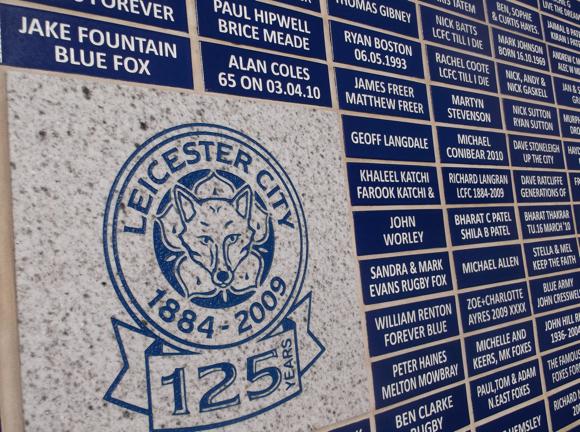


Formed as Leicester Fosse in 1884, the club moved to Filbert Street seven years later. Fosse later collapsed and Leicester City sprang up in their place in 1919. With goals from Arthur Chandler, the new club gained promotion to the top flight and, in 1929, lost out on the title by one point to Sheffield Wednesday.
After reaching their first FA Cup final in 1949, Leicester twice won the Second Division title thanks to the prolific Arthur Rowley. His departure coincided with ex-Leicester defender Matt Gillies becoming manager. Starting with Gordon Banks, Gillies brought undiscovered talent to Filbert Street – along with coaching assistant Bert Johnson.
Gillies and Johnson devised a fluid tactic that broke with the strict 2-3-5 structure inherent to the domestic game. With an interchanging half-back line featuring Frank McLintock, Leicester reached two cup finals, in 1961 and 1963.
After a first-half injury to Len Chalmers, a weakened Leicester folded to double-winning Spurs in 1961, while in 1963, the Foxes missed early chances to allow Manchester United to take control.


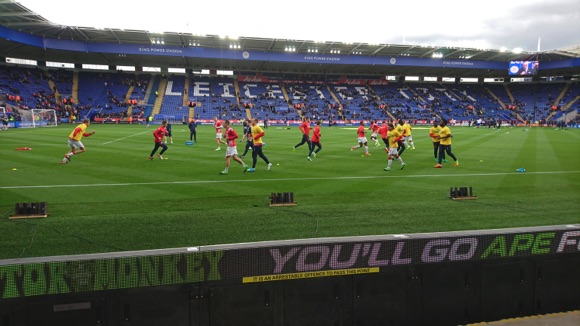

That spring, Leicester had gone on an 18-game unbeaten run to top the table in mid April, overcoming icy pitches after a severe winter. By the rescheduled cup final they had fallen away to fourth, their double bid foiled.
Gillies’ Leicester at last won silverware, the League Cup, in 1964, but with the departure of McLintock and then Banks, the decade drew to a close with another FA Cup final defeat and relegation.
In the 1970s, mavericks such as Keith Weller, Frank Worthington and Len Glover lit up Filbert Street but cup runs and creditable league campaigns produced no silverware. With the arrival of Gary Lineker, Leicester had a genuine home-grown star, but the club remained mired in mid-table.
Yo-yoing between divisions stopped with Martin O’Neill, his five-year tenure from 1995 generating two League Cups and four top-ten Premier League finishes.
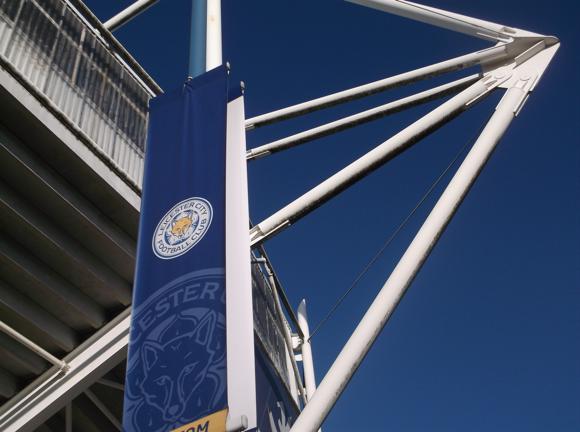

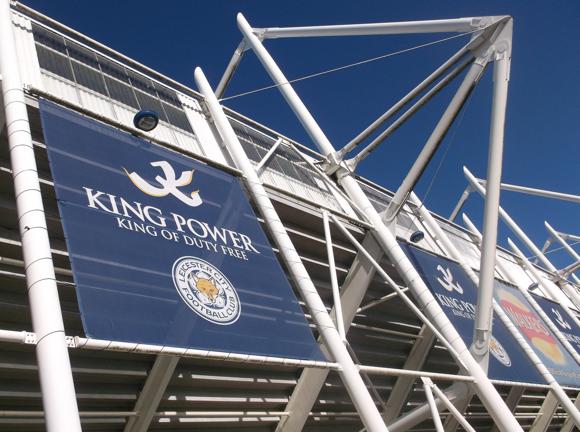

O’Neill’s Leicester had gained promotion thanks to a dramatic First Division play-off decided on a 120th-minute goal by Steve Claridge against Crystal Palace. A year later, Leicester returned to Wembley for the League Cup final, again decided by Claridge in the replay.
Leicester made a rare foray in Europe, losing out to Atlético Madrid, the barrier in their previous campaign in 1961. With mainstays Neil Lennon, Emile Heskey and Matt Elliott, Leicester made two more League Cup finals, winning one, before O’Neill left for Celtic.
Relegation and a new stadium near Filbert Street caused financial ruin, Leicester rescued by a Lineker-led consortium. A subsequent takeover by US-Serb entrepreneur Milan Mandarić then saw stormy times, a new low of relegation to the third flight followed by a play-off place for the Premier within two seasons.
Motivational boss Nigel Pearson left soon afterwards, returning after Mandarić had sold Leicester to the Thai-led King Power Group. Replacing Sven-Göran Eriksson, Pearson steered Leicester to the play-offs after a memorable last-minute win over Nottingham Forest, sealing promotion a year later by winning the 2014 Championship.




Picking up from an equally incredible late run to avoid relegation in 2014-15, the Foxes under Claudio Ranieri had remained consistent over the winter of 2015-16. Scoring in a record-breaking 11 straight Premier League games, striker Jamie Vardy made a mockery of his recent non-league past while Algerian winger Riyad Mahrez both provided and notched spectacular goals. Ever-present keeper Kasper Schmeichel was also instrumental in a record of only three defeats all season.
Considered 5000-1 outsiders at the start of the season, Leicester accomplished an improbable victory, celebrated by having blind opera singer Andrea Bocelli blast out Nessun Dorma to a packed crowd silenced into attention by Ranieri. Having partied all week since their title win was confirmed, City still overran Everton in their last home game of the season.
The unsung hero of the triumph was Steve Walsh, the scout who had discovered Mahrez after being sent to watch one of his teammates at Le Havre – the Franco-Algerian had never heard of Leicester City before he was signed for under £500,000. A year later, at nearby Caen, he picked up on the midfield consistency of N’Golo Kanté, this after helping lift Jamie Vardy out of non-league football.





A poor start to the 2016-17 campaign, illustrated by a defeat to modest Hull in the first game, was more than just a problem of motivation – Kanté had been sold to Chelsea for £32 million and with it, midfield balance and defensive protection. Seven straight defeats after Christmas, including to Millwall in the FA Cup and Sevilla in the Champions League, forced Thai owner Vichai Srivaddhanaprabha to act.
Building Buddhist temples for good karma and rewarding his players with a BMW each after the title win, the man who had made his money from duty-free sales in Thai airports was nothing if not decisive. Replacing Ranieri with his assistant, Craig Shakespeare, so close to a Champions League quarter-final may may not have been his best decision. Leicester’s stumbling block again proved to be Atlético Madrid.
Tragically, the billionaire who had overseen Leicester’s astonishing success was killed in a helicopter crash as he was leaving the pitch at the King Power Stadium in October 2018. His son Aiyawatt took over the running of the club.




With Vardy still prolific and Harry Maguire impressing at centre-back, Leicester continued to be difficult to beat until incoming manager Brendan Rodgers brought more silverwar
Mahrez may have been sold to Manchester City for £60 million but City had a swiftly improving James Maddison and Belgian international Youri Tielemans. In the top three until the spring 2020 shutdown, Leicester were the surprise package of 2019-20, just falling off the pace after the restart.
It was a similar story the following season, tempered by topping their group in the Europa League and a run to the FA Cup final. With 21,000 fans making a welcome racket at Wembley after a year of fake crowd noise, a Tielemans rocket and two superb saves from Schmeichel sank Chelsea and helped Leicester claim the long-awaited trophy for the first time.




Behind the scenes, however, all was not well. The long lockdown period had closed airports and hit the King Power business hard. Questionable signings and spiralling salaries had not resulted in success on the pitch, despite a welcome run to the semi-finals of the Conference League in the spring of 2022.
Without Kasper Schmeichel in 2022-23, sold to Nice after more than a decade at the club, Leicester shipped goals, 5-2 to Brighton, 6-2 to Spurs, before a first league win in October. Distracted by his wife’s expensive and ultimately unsuccessful defamation case against the wife of Wayne Rooney, the so-called Wagatha Christie trial that gripped the nation, Jamie Vardy had a rare off-season.
Scoring only three league goals, Vardy seemed powerless to stop Leicester’s descent in a desperately close relegation battle. Having hit a vital equaliser late in the game at fellow strugglers Leeds, the hero of so many Leicester campaigns had his penalty saved in a ding-dong 5-3 defeat at Fulham. The Foxes were doomed.

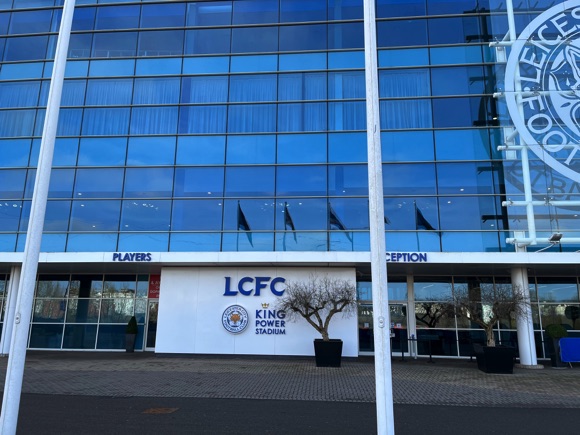


Keen to bounce straight back, Leicester made an inspired choice in Italian manager Enzo Maresca. A hard-working box-to-box midfielder who began his playing career as a callow teenager at WBA over two bitter winters despite speaking little English, Maresca had experienced football across Europe and learned his coaching chops working on elite development under Pep Guardiola at Manchester City.
Now given his own team to oversee, Maresca leapt at the chance, picking up Manager of the Month awards all season long as Leicester headed a very strong Championship table. The season also saw the welcome revival of Jamie Vardy, making a nonsense of his 37 years to hit 20 goals in all competitions.
Included in the Leicester squad for the club’s return to the Premier League, Vardy was under no illusions as to the size of the task facing the Foxes in 2024-25. With Maresca snapped up by Chelsea and a likely points deduction due to the club overstepping financial guidelines, Leicester looked to Vardy and young Ghanian international Abdul Fatawu to give the club a fighting chance of staying up.
Ground Guide
The field of dreams – and the story behind it






Opened by Gary Lineker in 2002, the King Power Stadium, replaced nearby Filbert Street. Previously playing at Victoria Park and Mill Lane, Leicester Fosse moved to Filbert Street, south of town near the river Soar, in 1891.
Stands were built in the 1920s, rebuilt after the war and made all-seated in the early 1970s. Significant improvements and additions were made 20 years later, not long before the decision was made to build an entirely new stadium rather than expand.
Filbert Street was demolished in 2003, part of the site used for student accommodation, part of it still fallow today.
In the meantime, shortly after the successful O’Neill era, a new all-seater, 32,300-capacity arena was opened along the riverbank. With construction costs of some £37 million, compounded by relegation, the club fell into debt of almost the same amount.






Originally sponsored by local crisp firm Walkers, the stadium took the name of Thai travel retail group King Power a decade later.
The South Kop Stand is the home end – look out for imaginative tifo displays – and faces the family-friendly North Stand. Away fans are allocated its north-east corner, sectors M1-M4 running over into the East Stand overlooking a long sideline. Opposite, the West Stand nearest the river houses the executive boxes and press area.
A plan to increase capacity to 40,000 by expanding the East Stand with 8,000 more seats has long been mooted – certainly the King Power Stadium operates to near 100% capacity every home game, even when the Foxes dipped into the Championship. Permission to begin redevelopment was granted by Leicester City Council before Christmas 2023.
As the proposal also now includes a fan zone, a retail space and hotel, don’t expect things to move too quickly, but the increased revenue from promotion back to the Premier League in 2024 will surely refill the coffers at the King Power Stadium.
getting there
Going to the ground – tips and timings
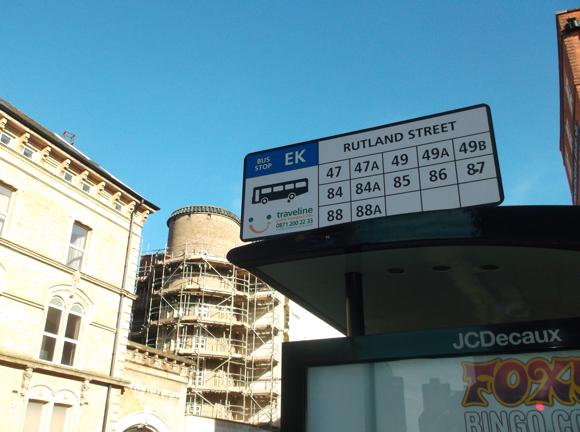
The King Power Stadium is about a 25min walk from the train station, alongside Waterloo Way opposite the concourse then past the rugby ground to your right as you reach Nelson Mandela Park.
Several buses run from the city centre to Aylestone Road – alight at Freemen’s Common just past the Odeon cinema. From the CM stop on downtown Charles Street by the Ramada encore hotel, Arriva buses 47, 47A, 84, 84A, 85 and 86 call at stop EK on Rutland Street, which also serves bus 87 and First Bus routes 88 and 88A.
From there, it’s a 10min bus journey to Aylestone Road/Freemen’s Common a short walk from the stadium on Raw Dykes Road.
The sat nav code for the King Power Stadium is LE2 7FL. The club sells limited match-day parking (£19 plus booking fee) similarly in the same priority order as how they sell tickets (see below Getting in).
If you’re not a Foxes member and get to the stadium early enough, there should be parking around Saffron Street and the Freemans Common Business Park (LE2 7SQ) alongside. Alternatively, there’s Leicester Tigers Rugby Club on Welford Road (LE2 7TR), halfway to the stadium from town, which charges £10 on LCFC match days.
Another option is to use Leicester’s three-line P&R service. From Enderby P&R (LE19 2AB) by the M1 south of the city, the frequent 203 bus (£3 return, every 15mins) runs to Leicester Royal Infirmary, a 7-8min walk from the stadium.
getting in
Buying tickets – when, where, how and how much
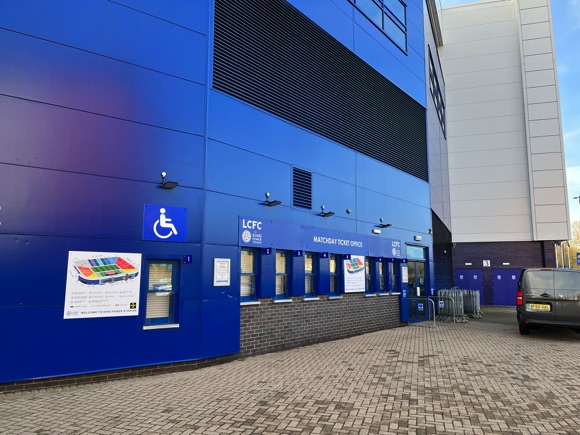

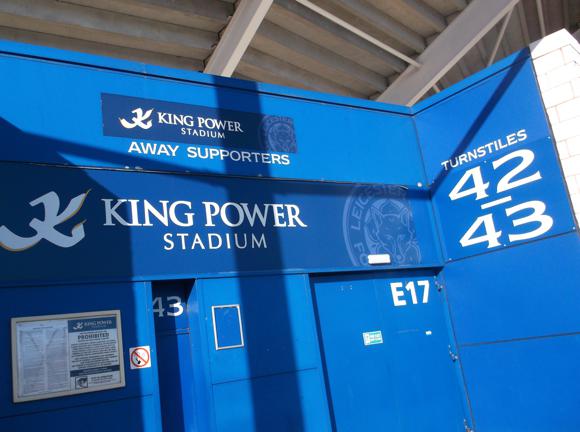
Tickets are distributed online, first to Fox members with 50-plus home priority points, then 20-plus, then all with membership (£35, 7-17s £18, under-6s £10, international £30), over the course of a week about a month before each game.
Ticket forwarding and resale by season-ticket holders takes place about three weeks in the run-to the match, up to a few hours before kick-off.
The club also offers a number of hospitality packages, starting with buffet food, a cash bar and a padded seat in the Banks Lounge from £119. Those on the Champions Club Premium deal for ten people (at £600 per person) get a behind-the-scenes tour on match day, a complimentary bar and four-course menu – plus, of course, comfortable private seating.
For all enquiries, contact (UK only 0344 815 5000 option 1, Mon-Fri 9am-5pm) or email ticketsinfo@lcfc.co.uk.
Pricing is divided into three match categories, A-C, and six age brackets. The best seats in the West/East Stands cost £72 for a Category A game (over-65s/under-22s £55, under-18s £45, under-16s £35, under-12s £22) and £56 for a Category C game, with similar discounts in the lower age brackets.
Behind each end in the North Stand or Kop, you pay £44-£55 for a Category A game, £33-£46 for Category C, with discounts all the way down to £8-£12 for the under-12s to see a Category C game there.
what to buy
Shirts, kits, merchandise and gifts



Facing the Holiday Inn Express hotel, the Foxes Fanstore (Mon-Fri 1oam-7pm, Sat 9am-5pm, Sun 10am-4pm, match days) stocks souvenir T-shirts celebrating the club’s immediate promotion of 2024, The Incredible and Romantic Leicester City, the story of the 2015-16 title run through the eyes of lifelong fan Graeme Norris, and a whole range of retro tops, including the green-with-yellow-pinstripes away number from the Gary Lineker era. The first Leicester shirt to sport a sponsor’s name and the running fox logo, it features the name of long-lost brewers Ind Coope. What could be more retro than Ind Coope?
The home shirt for 2024-25 puts blue to the fore, only the sponsor’s name, badge and adidas three stripes in white – apart from a stylish semi-circle of gold around the V-neck collar. Away is… OK, away is different, let’s say, an explosion of pink and yellow around a black background. Not something you could see Frank Worthington wearing. The third kit is a reverse of the home one, mainly white with blue markings.
Where to Drink
Pre-match beers for fans and casual visitors


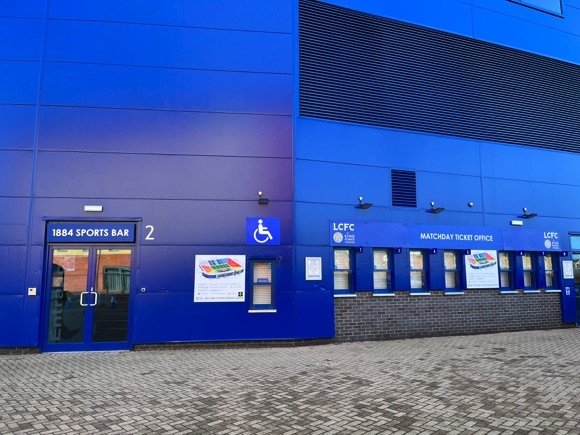



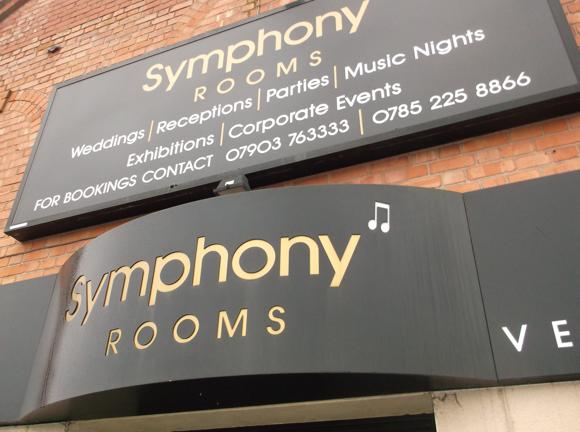

In the same building as the Holiday Inn Express hotel by the ground, the Fox & Soar opens match days for LCFC fans for two hours before and after the game.
Across the road, season-ticket holders crowd into the 1984 Sports Bar, beside the match-day ticket office.
Beyond, bars near here and the former Filbert Street site fill with home fans on match days. This is certainly true of the F Bar tucked away on Walnut Street and the Symphony Rooms on Burnmoor Street, an events-based venue hired out for weddings and open for Leicester supporters on match days.
Off Aylestone Road in a complex of leisure and retail outlets, Local Hero is a grill pub favoured by home fans while behind on Almond Road, The Counting House is the main pub used by away fans, sport-focused with a hearty kitchen.








